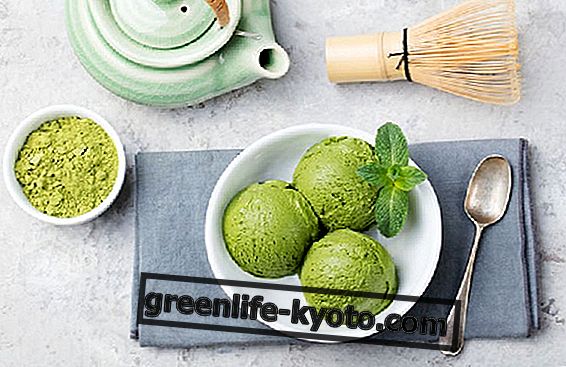
In our gardens there is always the need to have water available both for watering the plants and for other gardening jobs.
Water management is a very important and highly prominent topic at this historic moment precisely because water is an indispensable resource that must be protected.
Water saving and how to use water are subjects that touch society more than ever just because of a misuse of this resource that is gradually polluting more and more, reducing the sources of pure and clean water on planet Earth.
The water cycle and the resource in the garden
We all know the water cycle, as schools teach us that it is an inexhaustible source and that its path begins in an ice molecule on a high mountain called the glacier which then begins to melt in the water and flows into the rivers until it reaches to the sea where it evaporates to then rise again to the sky in form of cloud and to go down like rain.
In our garden the plants need water and as we have said the man also uses it for other garden activities . To ensure that this situation is environmentally friendly we must learn to manage the water resource with maximum efficiency .
Initial choices for the garden
The first assessment to make is upstream during the creation of the garden. Two elements are to be known:
- the environment and the climate in which we live that can have more or less presence of water resource both for the variation of the seasons and in the place itself;
- The choice of plants to cultivate and care for.
The place of the garden may already have a water resource present in a natural way, such as depressions, small lakes, aquifers, small water lifts or areas where the presence of water is already naturally present ; or we could find ourselves in the opposite case where the water just isn't present in the environment and we will have to bring it as much as possible into the system.
Depending on the environments and the climate in which we live we can have plants with little or much water requirement : once we know the environment, the choice should fall on those autochthonous plants, that is on plants that are of the territory and that grow well in that habitat.
If we want exotic and extravagant plants it will be difficult to recreate the natural habitat of the land of origin and this would entail a waste of energy that is far from sustainable .
Irrigation system
Irrigation systems to water the garden with its lawns and its plants requires a very thorough study so that there are figures who are in charge of planning these plants.
The best choice is a drip plant that is formed by a rubber tube that is placed on the ground next to the plants to be irrigated and that releases water droplets from small holes on the pipe. This system saves a lot of water, since it only wets where it is needed and the water does not flow away but remains in the area of need of the plants. It also only moistens the soil and does not wet the plant, allowing better protection against the risk of fungal diseases and stagnation.
It is a good rule in this irrigation system to periodically check the functioning of the holes on the pipe because the main risk is the clogging and the slowing down in the water outlet with consequent problems for the plants.
If you use spray sprinklers, always check that they only wet the necessary areas and are correctly aimed; often it happens that the irrigation water falls on the paths, on the walls and in cemented areas and so much of the water is wasted. Optimizing the irrigation system is the best way to save water.
Irrigation of the garden: here is how to organize it
When to water
The best time to water is early in the morning when the sun is not present and the temperature is still mild. It can go well even in the evening when the sun has already fallen towards the horizon. Instead under the beating sun you must never water because the water evaporates, the plants are in a closing phase and they are not ready to absorb the water that will escape away increasing the water waste.
Finally, the temperature difference between the water and the environment can lead to thermal shocks for the vegetation and therefore to serious consequences especially for horticultural crops.
Activities in the garden to save water
1. Water recovery
First of all, recovering rainwater is a great idea and this can be done by placing containers under the gutters of the roofs or by pointing them towards the garden. Containers may be placed in the garden or wet areas may be created as well as small ponds that will protect the water in the drought with rain. In this case it will be necessary to close the containers or manage with specific devices to avoid the proliferation of insects and mosquitoes .
2. Cutting the grass
Cutting grass is another activity that can save water: if the grass is cut higher, it retains more water . This turf maintains a layer of moisture and creates a cooler environment near the ground, as happens naturally in uncultivated fields; if the lawn is cut too low, the grass and the plants are unable to create a living tissue that covers the ground with shade and cannot retain water with the consequent drought and death of the weakest plants.
The method of mulching, widely used in synergistic agriculture, consists in placing material such as leaves and straw around the base of the plants : this serves precisely to maintain the temperature more stable, both in winter and in summer, in addition to preserving the humidity near the plants with large water savings because irrigation needs are reduced.
3. Experiment and create
Saving water is also ingenuity and creativity . One of the last ideas to irrigate in an ecological way is the underground water amphorae . This technique is obtained by burying near the plants of the porous earthenware containers full of water that slowly release the water in the ground and the plants absorb it. These vessels have a mouth that remains outside the surface of the ground and into which water is poured as it falls.













